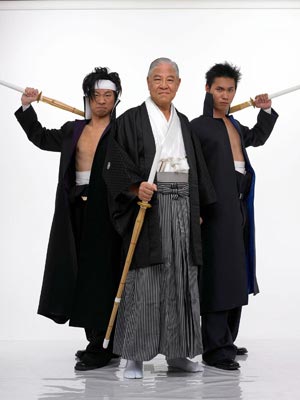I attended the Barack Obama rally in Washington Square Park this Thursday evening entirely by accident. I meet my Mandarin tutor at a NYU building on Washington Square East (since she’s also teaches Chinese classes for NYU,) and so I was walking from the 4th St subway station towards the park when I noticed police had set up a security perimeter and cleared the park, and there were thousands of people thronging on all sides. When I found out that Obama was going to be speaking there later on, I decided to go and listen after my lesson, but not having one of the tickets printed out from the website I went and stood in one of the outer, grassy areas of the park on the NW corner, from which I could just barely see Obama’s spotlit back as he gave his speech.
And it was a good speech. Not, admittedly, very specific or detailed, but I consider that simply part of the format of an event that one would classify as a general rally, and not a speech targeted at a particular group-although he was smart enough to give a number of nods to both the financial plight of college students, as well as his days living in New York, hanging out in that very park, and going to nearby bars in the Village (although he did not mention, in the heart of NYU, that he had been studying at Columbia at the time.) I read enough political news so that I wasn’t particularly interested on what he had to say about issues, since I’ve already heard the positions, but it was impressive and rewarding to see how well the man can work a crowd when he’s doing well. I’m not at all a fan of attending political events like rallies, protests, marches, and so on, but I am glad that I saw this one, and as a bonus I got to watch it with my friend Charles (yes guys, Charles from Rits) and that I met up with my friend Imara and a couple of his friends from political science class afterwards so there was someone to discuss it with.
<object classid=”clsid:d27cdb6e-ae6d-11cf-96b8-444553540000″ codebase=”http://fpdownload.macromedia.com/pub/shockwave/cabs/flash/swflash.cab#version=8,0,0,0″ width=”400″ height=”320″ align=”middle”><param name=”allowScriptAccess” value=”sameDomain” /><param name=”movie” value=”http://images.salon.com/ent/video_dog/VideoDogPlayer.swf” /><param name=”FlashVars” value=”video_loc=http://media.salon.com/media/video_dog/wsqbobama_2000243.flv&jpg_loc=http://images.salon.com/ent/video_dog/politics/2007/09/29/wsqobama/story.jpg&mail_loc=http://www.salon.com/ent/video_dog/politics/2007/09/29/wsqobama/email.html&seeksecs=&ad_loc=” /><param name=”quality” value=”high” /><param name=”bgcolor” value=”#101040″ /><embed src=”http://images.salon.com/ent/video_dog/VideoDogPlayer.swf” quality=”high” bgcolor=”#101040″ width=”400″ height=”320″ name=”VideoDogPlayer” FlashVars=”video_loc=http://media.salon.com/media/video_dog/wsqbobama_2000243.flv&jpg_loc=http://images.salon.com/ent/video_dog/politics/2007/09/29/wsqobama/story.jpg&mail_loc=http://www.salon.com/ent/video_dog/politics/2007/09/29/wsqobama/email.html&seeksecs=&ad_loc=” align=”middle” allowScriptAccess=”sameDomain” type=”application/x-shockwave-flash” pluginspage=”http://www.macromedia.com/go/getflashplayer” /></object>
Here is some video of the speech, courtesy of Salon.com, and you can get some more in depth coverage from the Ameripolitics nerds who blog at Salon, or from the New York Times article on the event– which naturally makes a big issue out of his criticisms of Hillary Clinton, to whom he referred as “the senator from New York.” And yet, somehow we knew that he wasn’t talking about Chuck Schumer.


